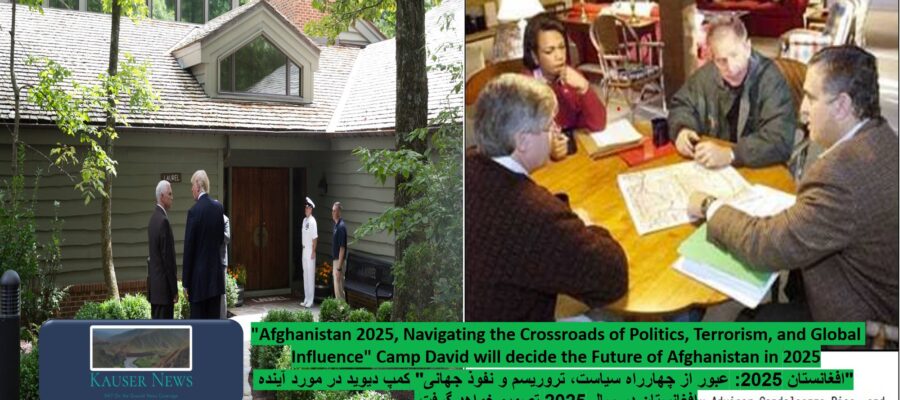As an Army Journalist Intelligence and Security Researcher, it is clear to me what will happen in Afghanistan in 2025. if I were Someone without that experience, I would come to a very different conclusion based on the information available to the public.
Afghanistan’s political development, and its future, are dependent on United States policies and thus the presidential election. In 1992, when the Mujahedeen took over Afghanistan and killed 65,000 people in Kabul, I was 6 years old and I had questions: what happened to my home? Why is it happening, and why did I become a refugee in Pakistan?
Over time, I realized that the Afghanistan War was not in the hands of Afghans; someone from the other side of the world controlled this war. Ronald Reagan and George H. W. Bush helped Mujahedeen leaders take over Afghanistan and run the government in relative peace. But in 1993, Afghanistan’s bad luck returned. It was a U.S. presidential election year, and both humanitarian work and defense contracts for Afghanistan became big parts of the political game. Partly as a result of those games, Mujahedeen started a civil war in Afghanistan and the Taliban found a foothold, consolidating their strength in southern Afghanistan.
By 1994, the Taliban had moved through the south, capturing several provinces from various armed factions that had been fighting since the Soviet-backed Afghan government fell in 1992. During Bill Clinton’s presidency from 1993 to 2001, the Taliban gave a safe place to Al-Qaeda and other insurgent groups in Afghanistan to operate and launch attacks worldwide.
The reality of 9/11 is still unknown, even some U.S. government officials believe 9/11 was an inside job. In the first year of George W. Bush’s presidency (2001-2009), when the 9/11 attacks occurred, the United States attacked Afghanistan to find Osama bin Laden, only to find him, years later, in Pakistan.
Early in his presidency (2009-2017) and with one signature, Barack Obama dismissed all of George W. Bush’s policies for Afghanistan and the Middle East and ignored the advice of policymakers. Isis-K was later able to establish a camp in East Afghanistan and attacked Iraq and Syria.
Next President Donald Trump negotiated with the Taliban, ignoring the BSA Agreement of the Barack Obama administration which promised U.S. support if Afghanistan’s government came under attack. He signed a protocol with the Taliban, announced a withdrawal date of the United States Army from Afghanistan, and negotiated a plan for a shared government between the existing democratic Afghan government and the Taliban.
In 2021, current President Joe Biden abandoned Trump’s negotiated terms, but against the advice of his advisors and other experts, moved forward with a chaotic and ill-fated withdrawal. This led to the deaths of several United States Marines and Afghan civilians, one of the most shameful incidents in the history of United States foreign policy. Afghanistan turned into the most dangerous country on the map. Once again, Afghans found themselves having to escape their country as refugees to survive.
Since 2021, the United States government has been receiving constant reports that we are facing attacks and threats. However, the administration is making the same mistakes that the Clinton administration made: not taking the threats seriously enough. If you look at the political situation in the United States, it appears that in 2025, Afghanistan will go down one of two pathways.
Either the United States will return to Afghanistan to remove the Taliban from power and re-establish a long-term and comprehensive presence to protect itself from international terrorist groups, or they will reopen Bagram Airbase and partner with the Taliban to fight against ISIS-K.




